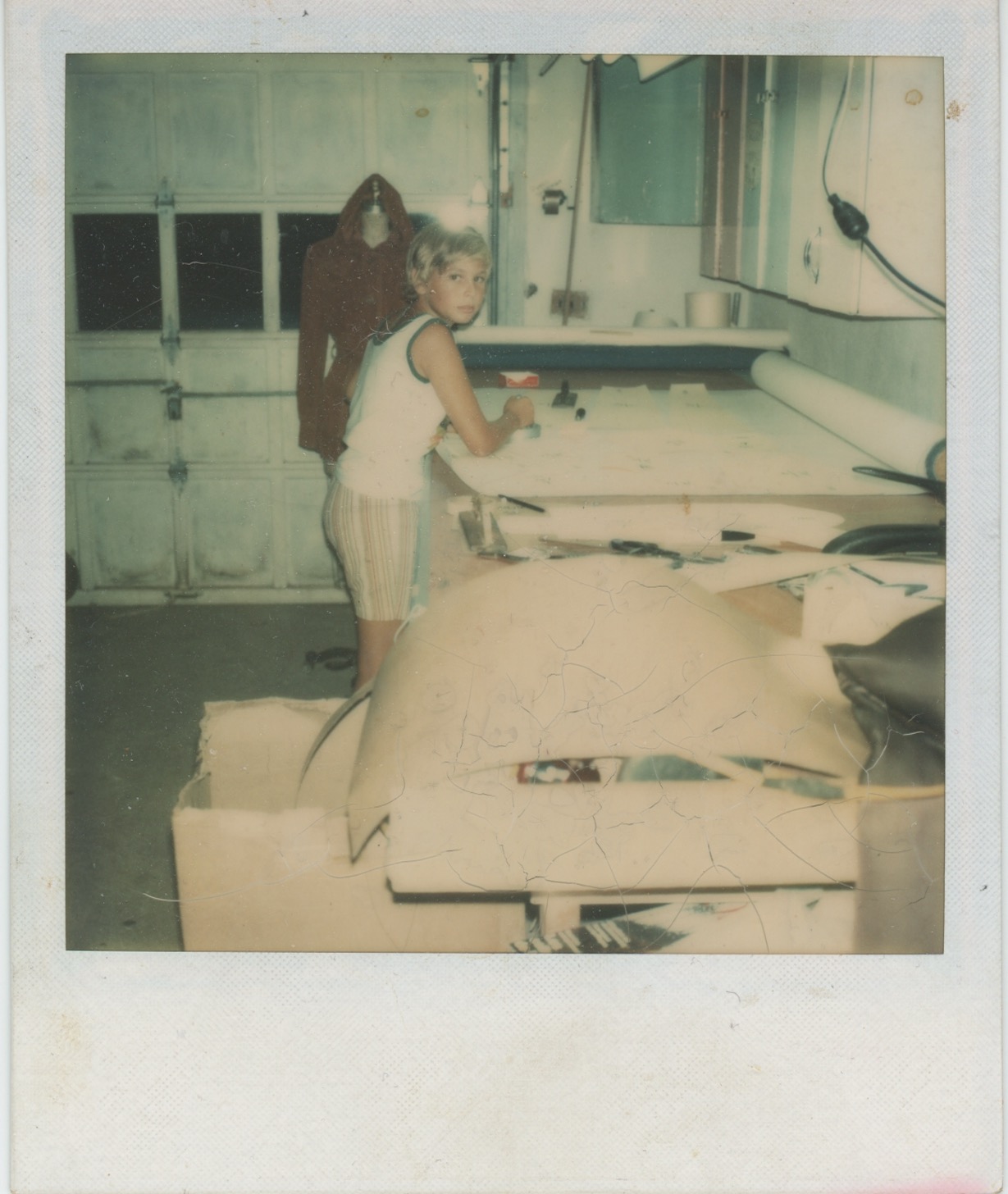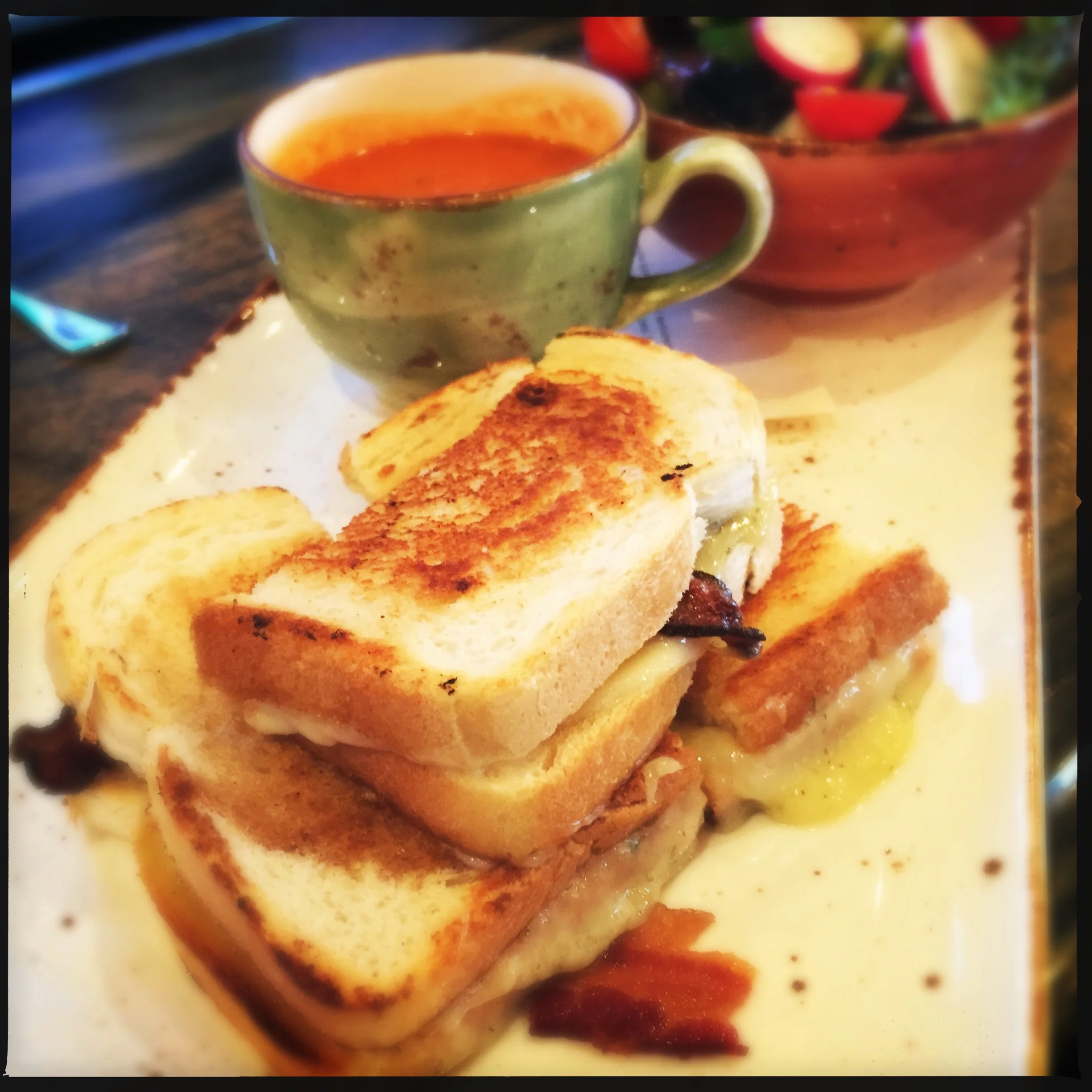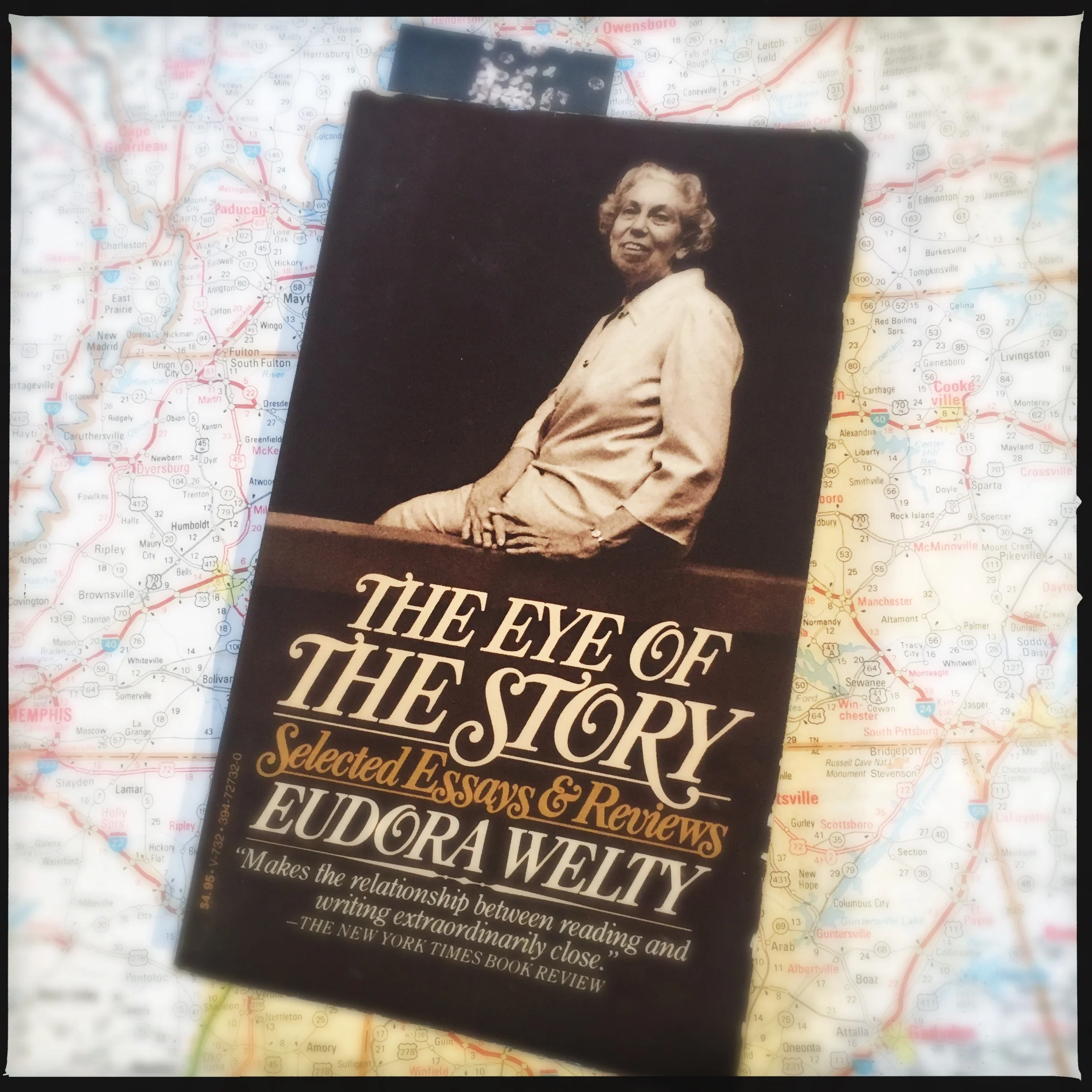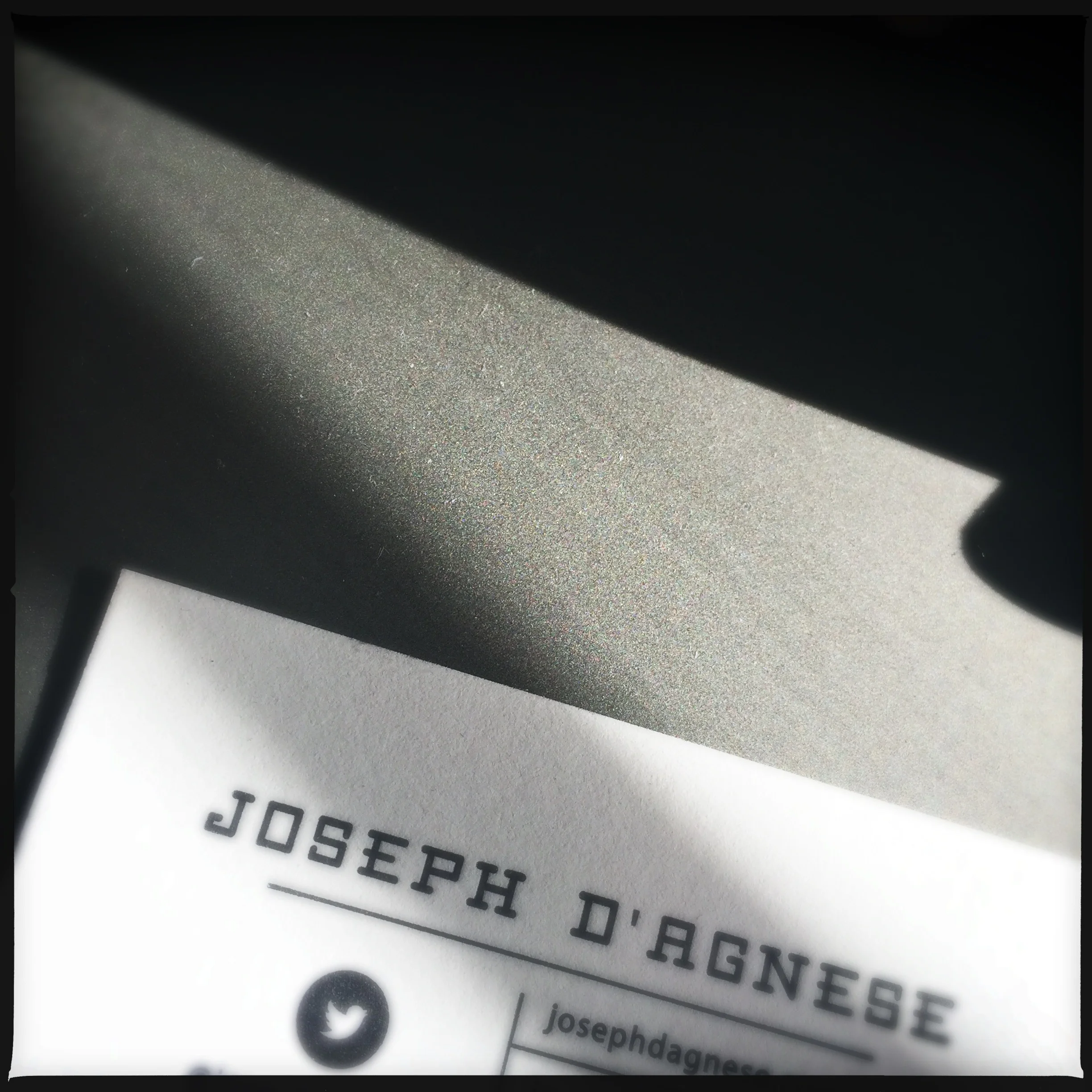I just came across this old photo from the 1970s of me working at my first job. The shot was taken with a Polaroid camera, so I hastened to scan it so I could preserve it before the image flaked off the plastic film.
I have no idea how old I am in the photo, but I know exactly where i am and what I’m doing. I’m in my parent’s garage in New Jersey, helping my father make patterns for the Garment District.
Both my parents worked in the garment industry and were proud members of the International Ladies Garment Worker’s Union (ILGWU). My father, who is now 88 years old, can still tell you how much he receives in a monthly pension from the union, down to the penny.
My Dad trained as a mechanic after high school but somehow switched to a different career path after taking a six-week course on pattern-making. For 30-plus years he was a pattern-maker working for a variety of coat-making firms on New York’s Seventh Avenue, aka “Fashion Avenue.” The way it worked then, the fashion designer or “stylist” would draw a sketch of how they wanted a new coat to look. That sketch was handed to people like my Dad, whose job it was to translate the 2D image into a) a 3D mock-up for critique and analysis, and b) a final pattern that could be used for full-scale factory production.
The “patterns” he made were just like the ones you might buy in a fabric or sewing shop, except they were made out of heavy card paper. Each piece of the pattern represented a piece of the fabric the factory would need to cut and sew to make the final coat, jacket, blouse, etc.
My father often freelanced, bringing work home that he’d tackle after dinner in the garage. He’d pass those giant sheets of paper to me, and it was my job to do the rest. (I’m guessing nothing has change to this day. If you’re in the business, then I can tell you more specifically that I cut, notched, and marked every pattern.) It was unskilled labor, and fairly straightforward. I can tell you that thanks to this work, I can cut fairly accurately with a pair of scissors to this day. Ours was a full-on family enterprise, with my mom and my two younger brothers pitching out when they got older.
I have no recollection what Dad paid me for this work. I seem to recall that my parents were constantly changing the rules, sometimes linking the work I did for Dad to a weekly allowance and sometimes arbitrarily withholding payment due to some behavioral infraction during the week.
I look at this photo and I feel immediately transported to that shabby garage workshop with its harsh fluorescent lighting, mannequins, pencil sharpeners, and insane extension cords running all over the place. Later in life, everything I learned about the garment industry ended up in the first short story I ever sold—“Button Man,” which appeared in Alfred Hitchcock’s Mystery Magazine back in 2013. So I guess you could say that the experience was finally put to good use.
I love those pants!
Yes, I am trying to post here more often. Thank you for noticing. If you want to sign up for my newsletter and claim your free ebook, go here.



















